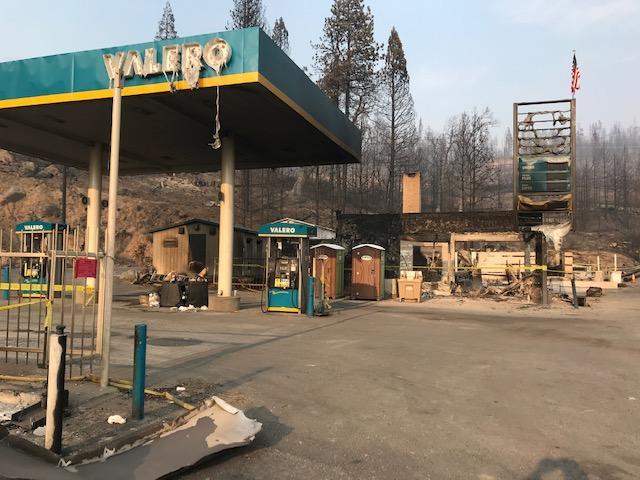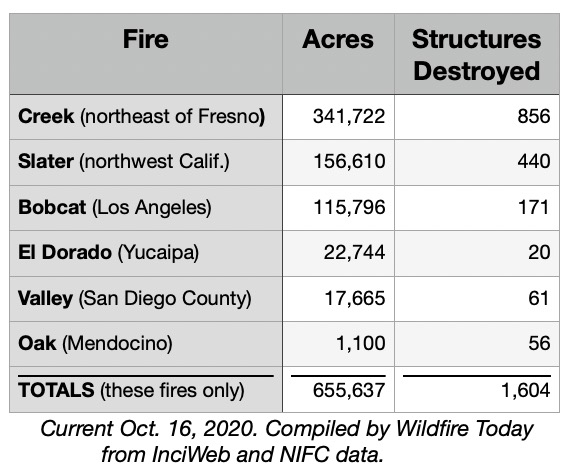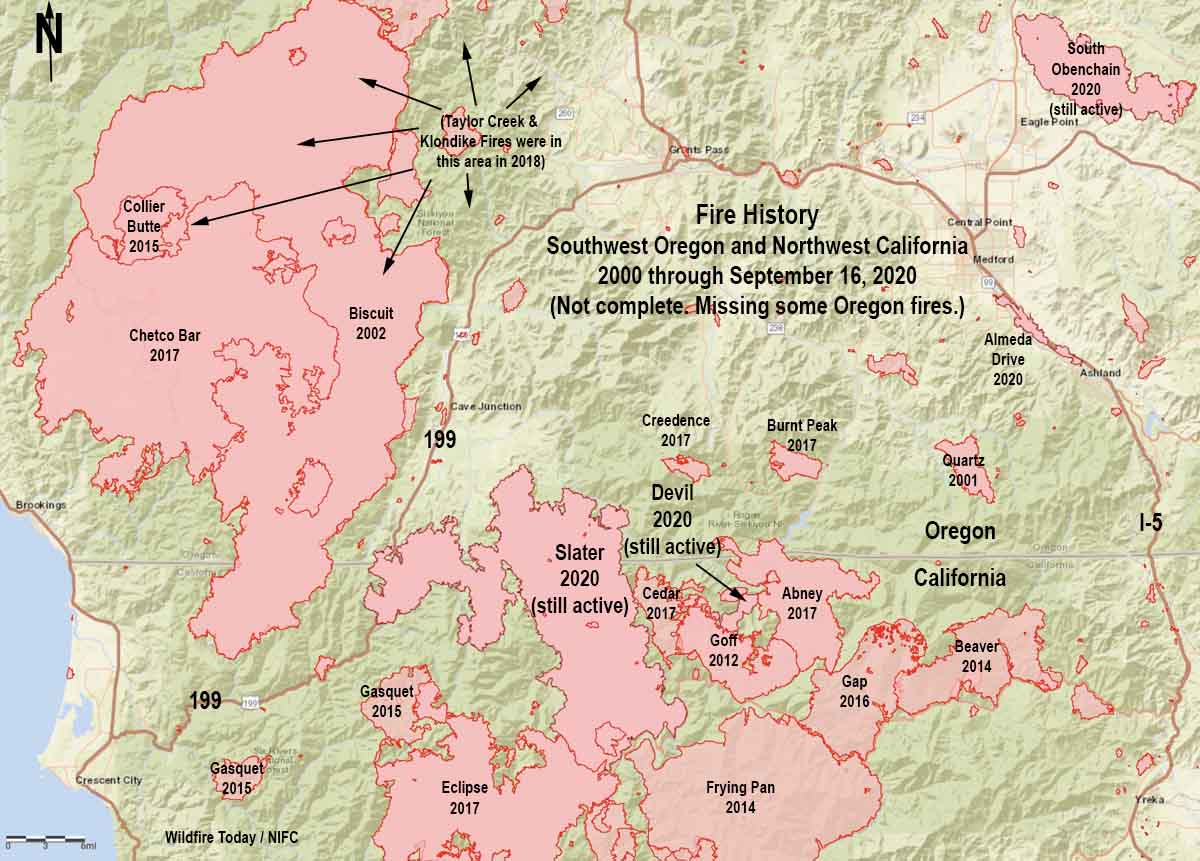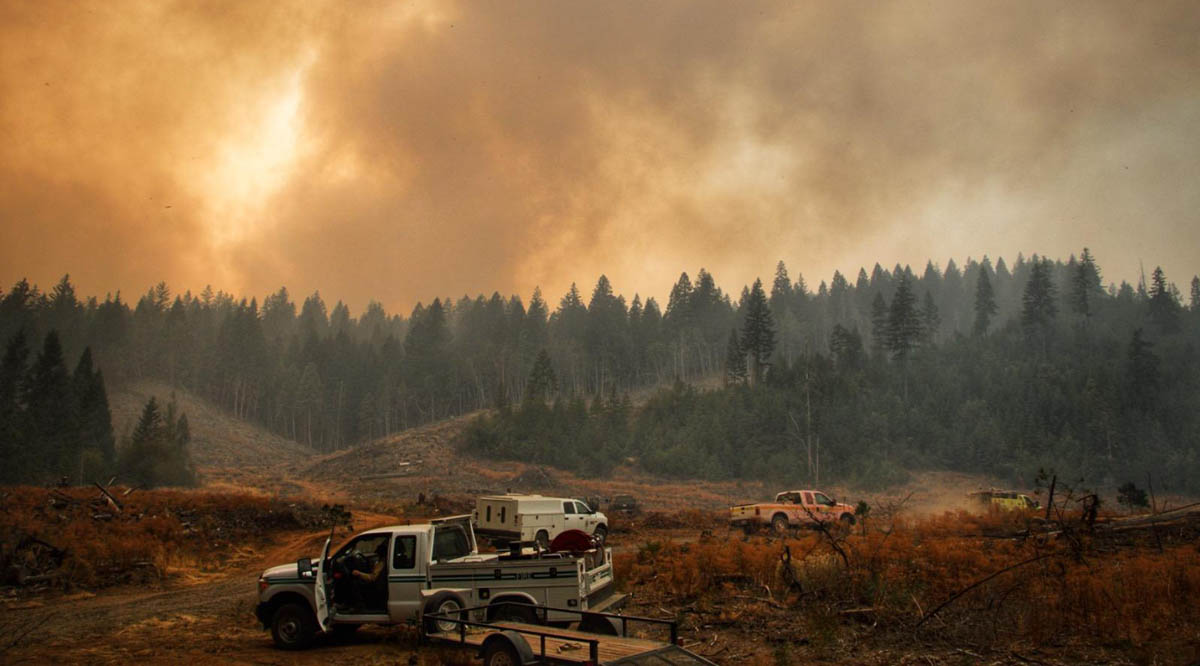Updated October 16, 2020 | 3:25 p.m. MDT
Friday afternoon the Trump administration reversed their decision to deny the request submitted by California for a disaster declaration for six destructive wildfires in 2020.
Governor Gavin Newsom announced that the President has approved California’s request for a Major Disaster Declaration to bolster the state’s emergency response to wildfires across the state and support impacted residents in Fresno, Los Angeles, Madera, Mendocino, San Bernardino, San Diego and Siskiyou counties.
“Just got off the phone with President Trump who has approved our Major Disaster Declaration request. Grateful for his quick response,” said Governor Newsom.
A Presidential Major Disaster Declaration helps people in the impacted counties through eligibility for support including crisis counseling, housing and unemployment assistance and legal services. It also provides federal assistance to help state, tribal and local governments fund emergency response, recovery and protective measures.
October 16, 2020 | 8:20 a.m. PDT
The Trump administration has denied the request submitted by California for a disaster declaration for six destructive wildfires in 2020. A declaration would allow cost-sharing for damage, cleanup and rebuilding between the state and federal government. The state plans to appeal the decision.
According to data compiled by Wildfire Today from InciWeb and the National Interagency Fire Center, the six fires in the aid request burned a total of 655,637 acres and destroyed at least 1,604 structures.
One of the six, the 341,722-acre Creek Fire northeast of Fresno, is the largest single fire in the state’s recorded history that was not part of a complex or the result of multiple fires burning together. It is still very active and grew for another 4,067 acres Thursday, producing large quantities of smoke affecting much of central California.
The other fires in the aid request were the Slater in northwest California, Bobcat near Los Angeles, El Dorado east of Yucaipa, Valley in San Diego County, and Oak near Mendocino.
From ABC News:
Federal Emergency Management Agency press secretary Lizzie Litzow told ABC News in a statement Friday that “the damage assessments FEMA conducted with state and local partners determined that the early September fires were not of such severity and magnitude to exceed the combined capabilities of the state, affected local governments, voluntary agencies and other responding federal agencies.”
FEMA, however, did approve four fire management assistance grants in five California counties for wildfires included in the state’s disaster request, according to Litzow.
“These grants will deliver millions of dollars of assistance for emergency expenses and funds to help reduce the risks of future disasters,” she said. .
Under the Fire Management Assistance Grant Program, FEMA provides assistance in the form of grants for equipment, supplies, and personnel costs for the mitigation, management, and control of any fire on public or private forest land.
Mr. Trump has threatened numerous times to stop sending federal money to California, including during a Cabinet meeting October 17, 2018:
So I say to the Governor, or whoever is going to be the Governor of California, better get your act together cause California we’re just not going to continue to pay the kind of money that we’re paying because of fires that should never be to the extent.
The President reaffirmed the issue November 10, 2018 in a tweet:
There is no reason for these massive, deadly and costly forest fires in California except that forest management is so poor. Billions of dollars are given each year, with so many lives lost, all because of gross mismanagement of the forests. Remedy now, or no more Fed payments!
On January 9, 2019 Mr. Trump again addressed the issue in a tweet:
Billions of dollars are sent to the State of California for Forrest (sic) fires that, with proper Forrest (sic) management, would never happen. Unless they get their act together, which is unlikely, I have ordered FEMA to send no more money. It is a disgraceful situation in lives and money!
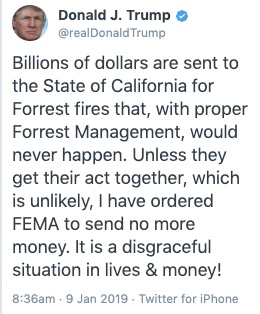
According to a 2015 report by the Congressional Research Service the federal government manages 46 percent of the land in California. The California Department of Forestry and Fire Protection manages or has fire protection responsibility for about 30 percent.
Climate change is part of the equation that has resulted in longer fire seasons, extremes of heat and cold, drought in some areas, high fire danger, and dry fuels that are very receptive to rapid fire spread.
